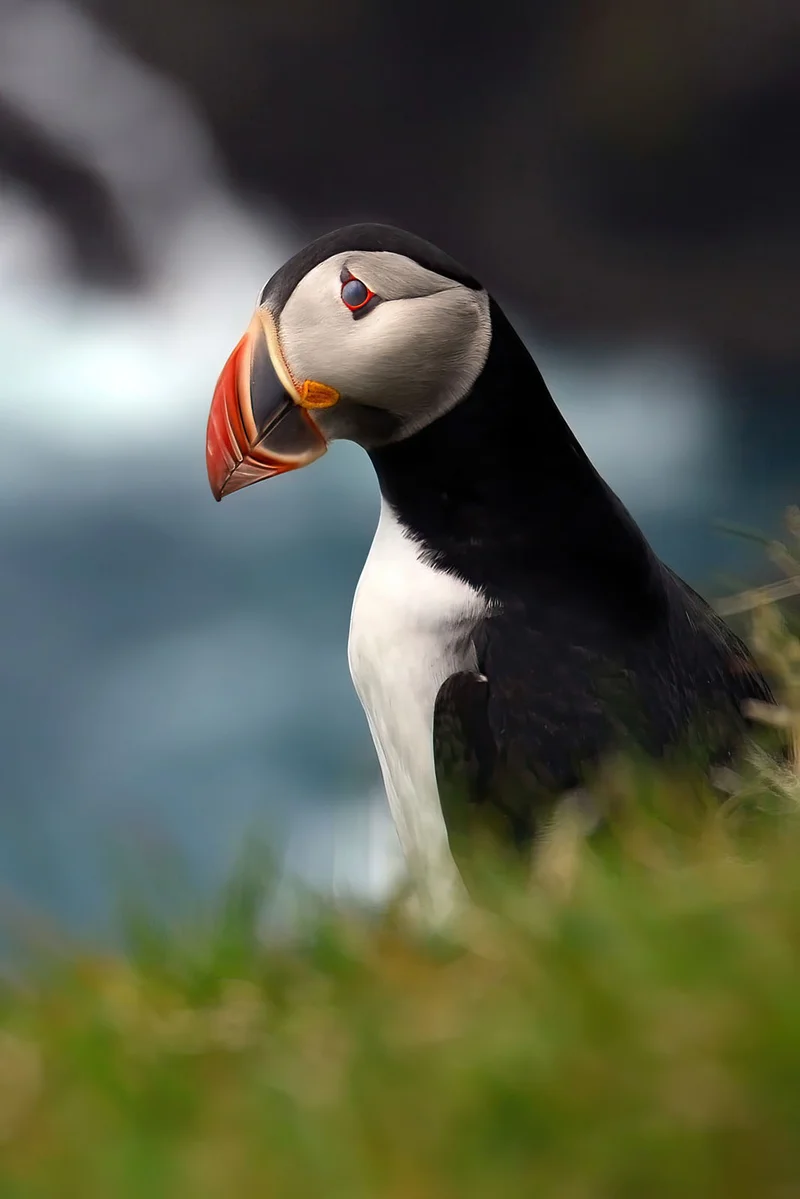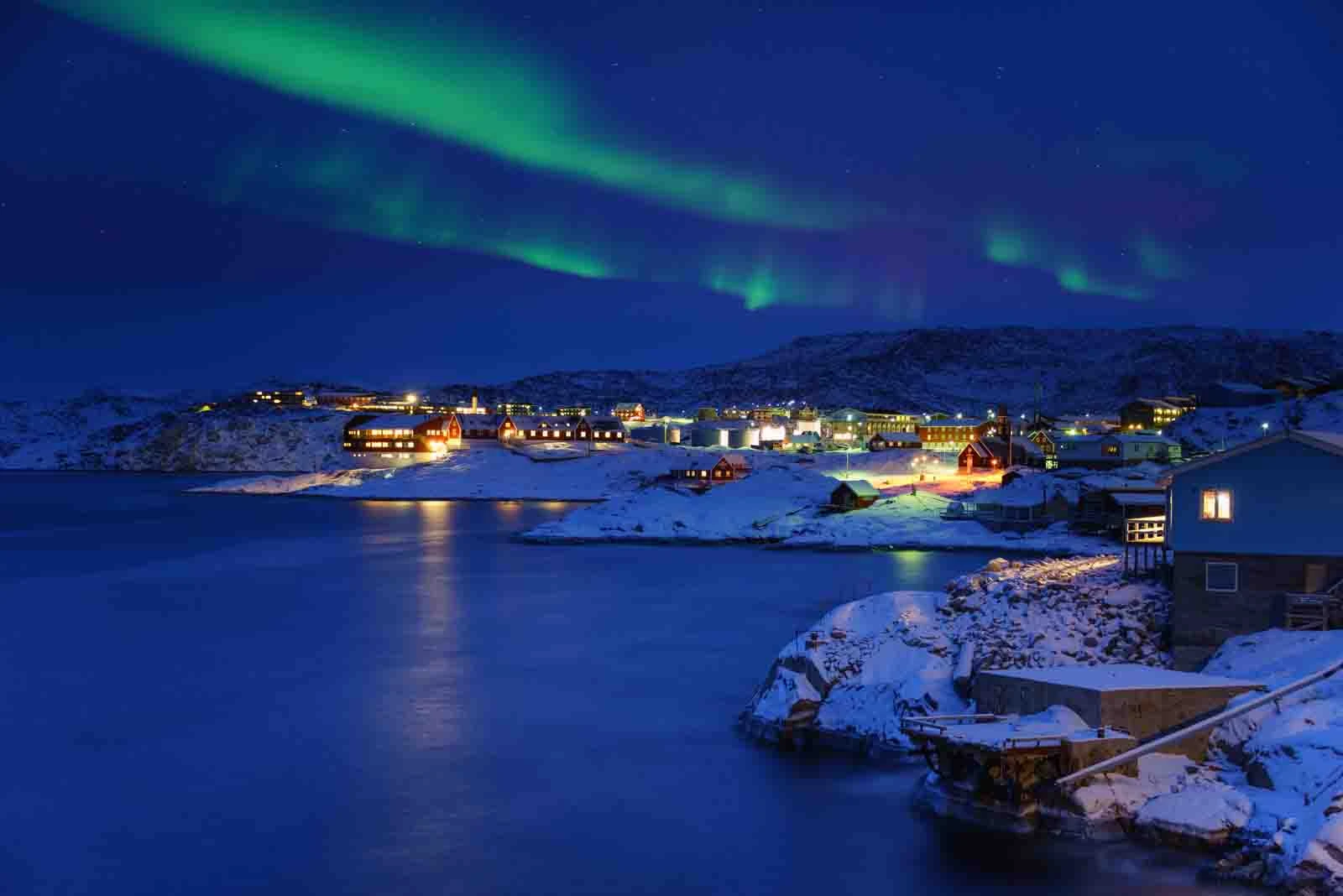

Breathtaking Arctic Landscapes
Embark on an extraordinary journey through the Arctic Circle, where rugged terrains and mesmerizing natural wonders await. Immerse yourself in Inuit traditions while exploring charming towns adorned with vibrant wooden houses. Marvel at Greenland’s towering peaks and the shimmering blue glaciers of the Canadian High Arctic. Paddle through untouched fjords in a kayak or experience an exhilarating Zodiac landing. Join Viking on an unforgettable voyage to remote lands beneath the enchanting glow of the midnight sun.
13 Day Artic Itinerary
Day 1: Nuuk, Greenland
Board your ship and settle into your cabin. Nuuk, Greenland’s capital, is one of the smallest capital cities in the world, home to just 16,000 residents. Nestled on the southwest coast, Nuuk boasts one of the planet’s largest fjords—Nuup Kangerlua—teeming with marine life, including frequently spotted whales. Visitors are drawn to the city’s dramatic coastline for hiking or exploring the fjord by boat or kayak. The city’s rugged terrain is enhanced by its colorful houses, set against the striking backdrop of Sermitsiaq Mountain.
Day 2: Nuuk, Greenland
Nuuk’s earliest Inuit inhabitants arrived from the Canadian Arctic around 4,500 years ago, deeply rooting the city in indigenous heritage. Today, Nuuk proudly celebrates this legacy, reflected in the traditional Inuit patterns woven into local knitwear and the fusion of modern Danish and indigenous cultures in its art. Colonial Harbor, lined with vibrant homes, stands as an architectural highlight, while the Katuaq Cultural Center—designed to reflect the northern lights and Arctic mountains—serves as the city’s cultural hub.
Day 3: Itilleq Fjord, Greenland
Greenland’s western coastline is a spectacular Arctic route, frequently used by locals for transportation. Iceberg-laden waters glide past ever-changing landscapes, reminiscent of paths once traversed by legendary explorers. Among them was Alfred Wegener, known as the father of the continental drift theory. His expeditions to Greenland inspired John Buchan’s 1933 novel, A Prince of the Captivity.
Day 4: Ilulissat, Greenland
Rich in Arctic history, Ilulissat sits on the pristine waters at the mouth of the renowned Ilulissat Icefjord. Its colorful homes offer a front-row seat to a never-ending procession of icebergs drifting through the fjord—a phenomenon that earned Ilulissat UNESCO World Heritage status. The fjord is fed by the Sermeq Kujalleq, one of the world’s fastest-moving glaciers, producing colossal icebergs that float into the ocean. The town’s name, “Ilulissat,” means “icebergs” in the Kalaallisut language, a fitting tribute to its breathtaking environment.
Day 5: Uummannaq, Greenland
Founded in 1758, Uummannaq is known for its heart-shaped mountain, which casts a striking red glow under the midnight sun. Historic buildings line the harbor, and the town’s past is carefully preserved at the Uummannaq Museum. Among its most significant discoveries are Greenland’s oldest human remains, dating back over 500 years. The museum also honors the legacy of Alfred Wegener, who embarked on his final expedition from Uummannaq in 1930. Tragically, he perished on Greenland’s ice cap after successfully delivering supplies for a rescue mission.
Day 6: Sailing Baffin Bay
Navigate the icy waters of Baffin Bay, named after Lieutenant William Baffin, who explored the region in May 1616. This vast bay plays a crucial role in the Arctic ecosystem, remaining frozen for most of the year, with floating ice remnants appearing in summer. As you sail, attend an insightful lecture or enjoy a film in The Aula, an advanced learning space featuring an 8K laser-projected panoramic screen. This venue blends indoor and outdoor experiences, offering 270° views through retractable floor-to-ceiling windows, immersing you in the stunning Arctic scenery.
Day 7: Pond Inlet, Nunavut, Canada
Located on the northern shores of Baffin Island at the eastern entrance to the Northwest Passage, Pond Inlet is a vibrant Inuit community often called the “Jewel of the North.” The surrounding landscape is a breathtaking combination of glaciers, icebergs, and towering mountains. Pond Inlet also serves as a gateway to Sirmilik National Park, which translates to “the place of glaciers” in the local language. Covering over 8,400 square miles, this protected area is home to diverse Arctic wildlife, including polar bears, wolves, narwhals, and beluga whales.
Day 8-10: Exploring the Canadian High Arctic
The Canadian High Arctic is a land of raw, untouched beauty, where extreme cold and extended periods of darkness define the region. Throughout history, explorers braved these treacherous waters in search of the elusive Northwest Passage. Beechey Island, a historic landmark, is the final resting place of members of the doomed Franklin Expedition. Dundas Harbour, once a Royal Canadian Mounted Police outpost, later became a key site for Arctic explorations. Meanwhile, Cape Hay boasts dramatic cliffs, sweeping panoramas, and unique Arctic wildlife.
Day 11: Sailing Baffin Bay
Discover the vibrant marine ecosystem of Baffin Bay, a crucial feeding ground for fish, birds, and mammals such as Arctic cod, Greenland halibut, seals, thick-billed murres, and bowhead whales. Relax on the Finse Terrace, a one-of-a-kind outdoor lounge named after a famous Norwegian mountain plateau. This comfortable retreat features heated seating and lava rock firepits, ensuring a cozy experience as you take in the majestic Arctic scenery.
Day 12: Sisimiut, Greenland
Greenland’s second-largest city is a haven for adventure seekers. Surrounded by towering peaks and vast glacial valleys, Sisimiut offers numerous hiking opportunities with breathtaking views. The Sisimiut Museum showcases open-air exhibits and historic 18th- and 19th-century buildings, some marked by massive whale jawbones at their entrances. Along the shores, traditional kayaks can be seen, paying homage to the Inuit way of life. The very word “kayak” originates from the Greenlandic qajaq.
Day 13: Nuuk, Greenland
Bid farewell to your fellow travelers and begin your journey home. Alternatively, extend your adventure and explore more of Nuuk and its surroundings.

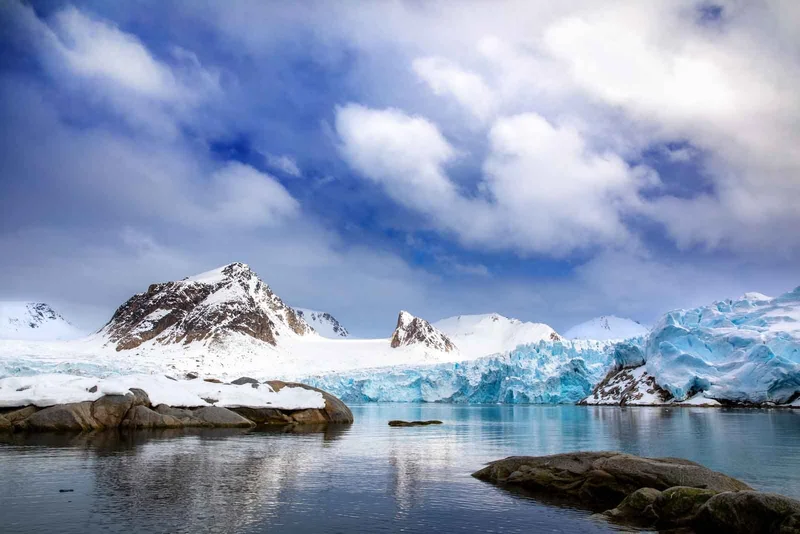
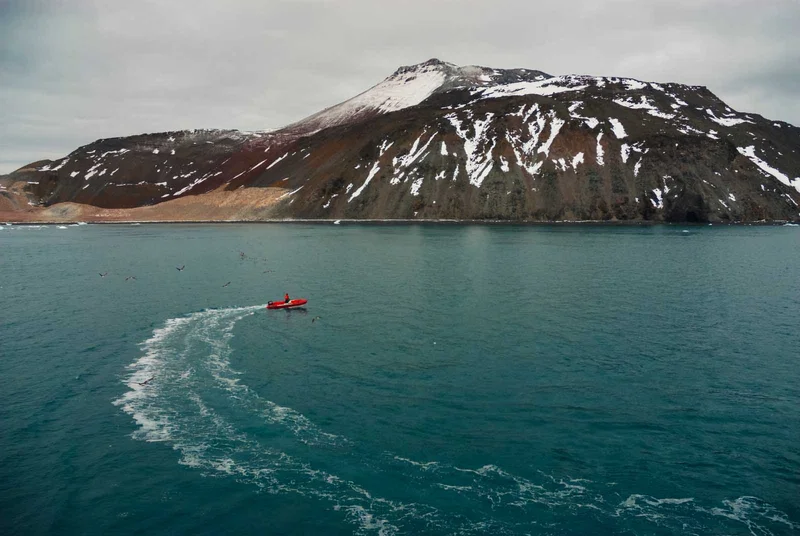
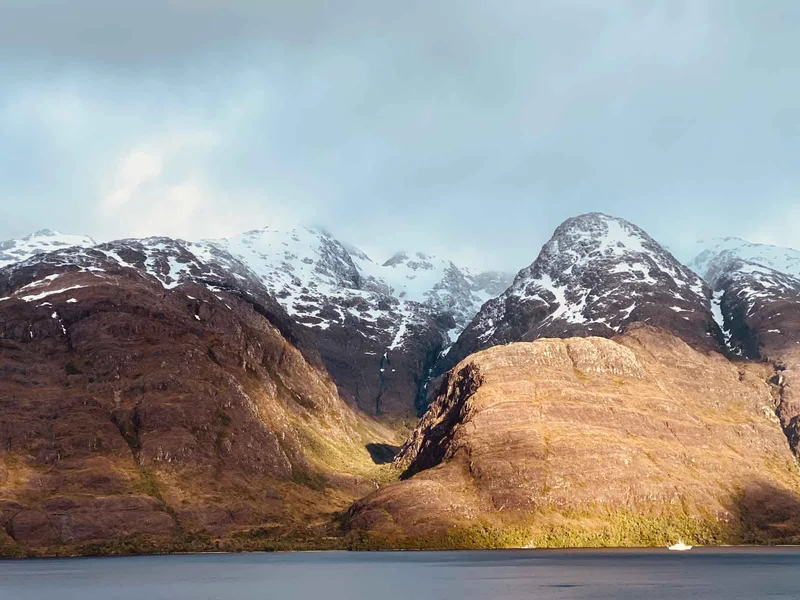
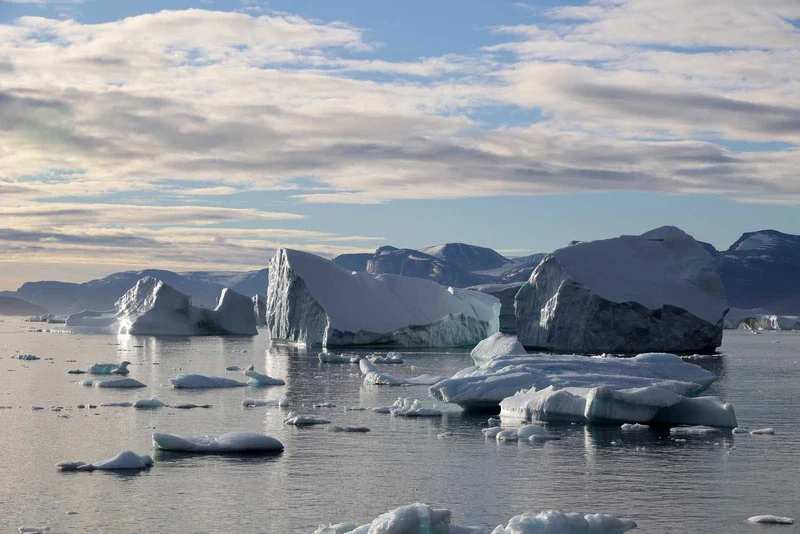
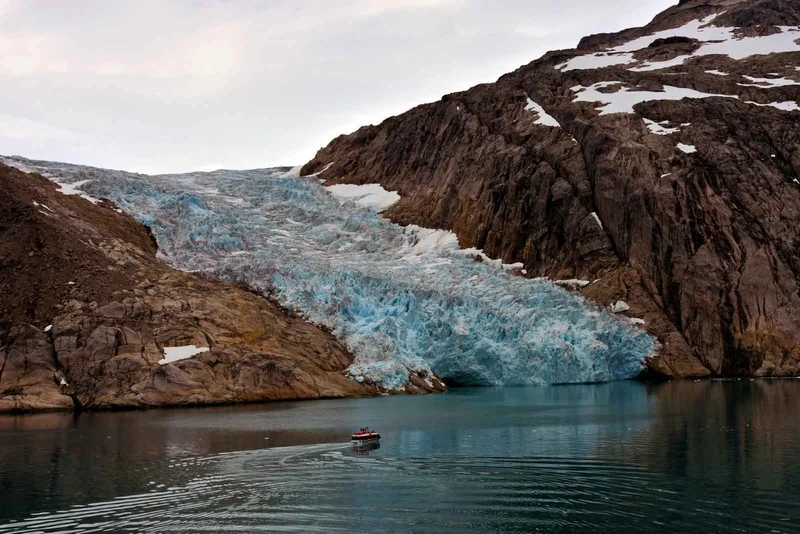
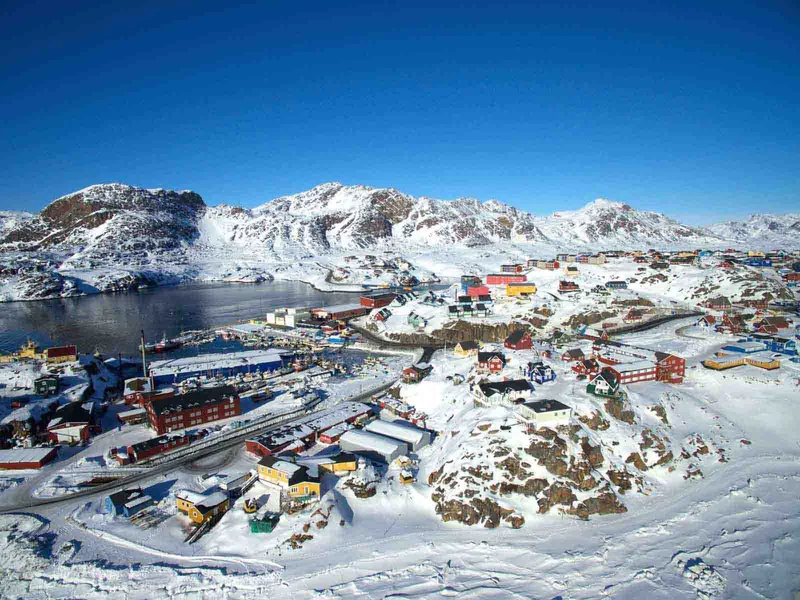
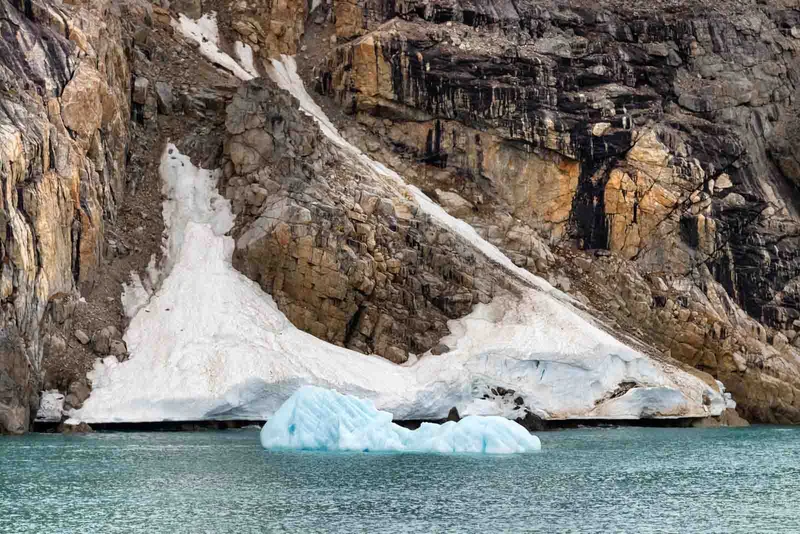
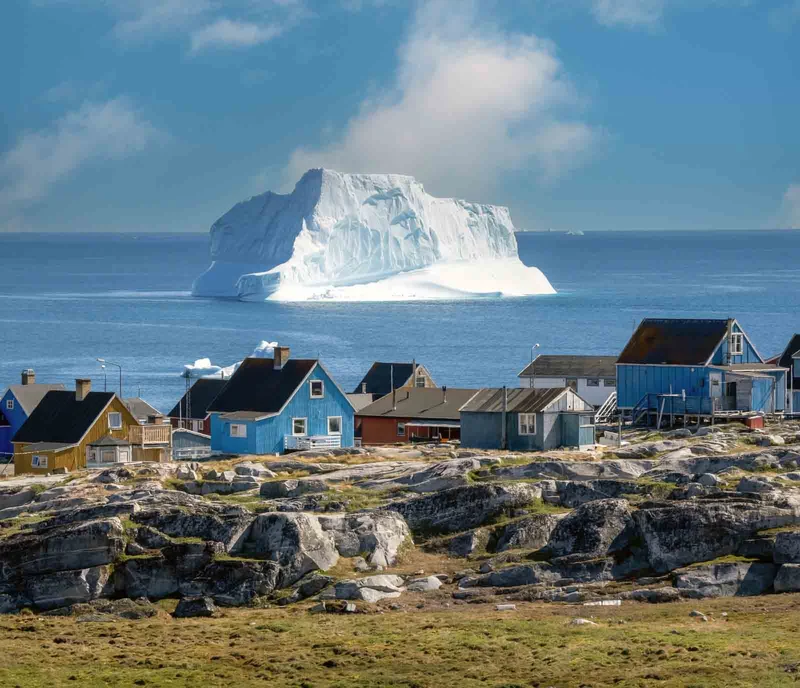
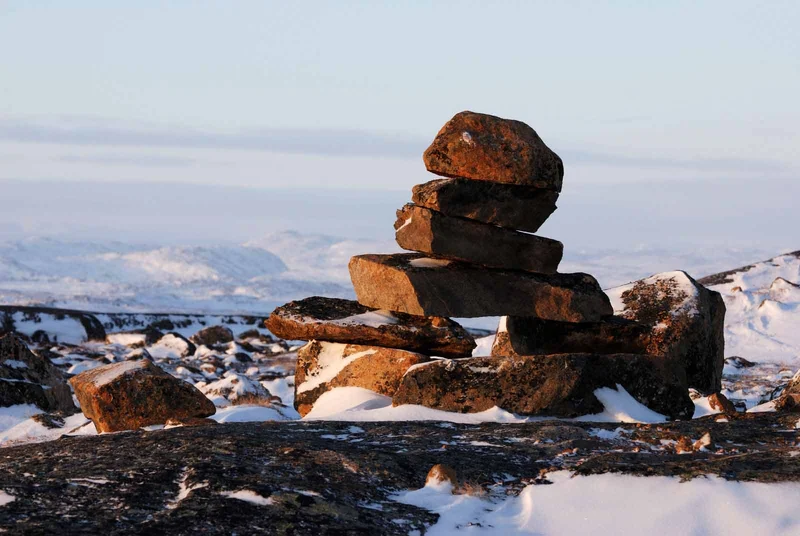
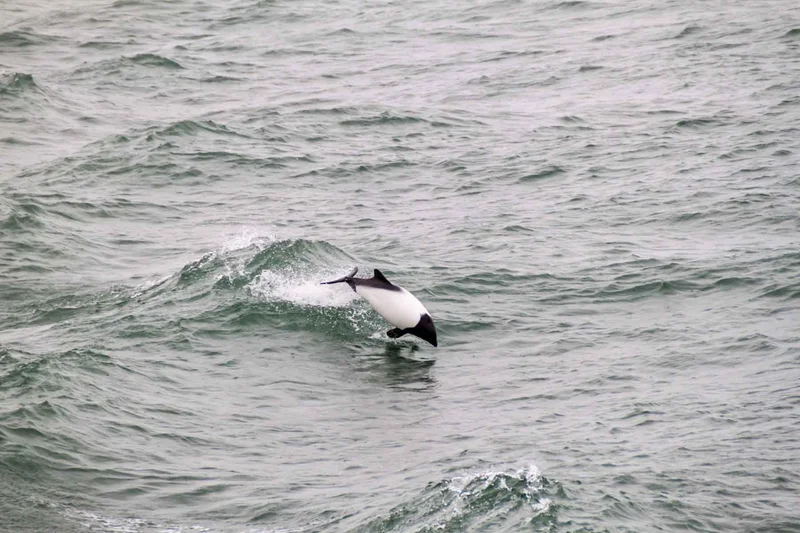
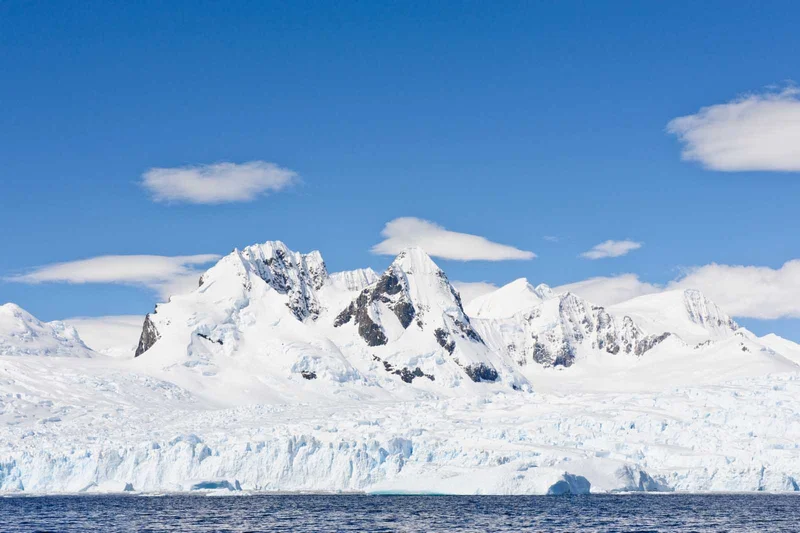
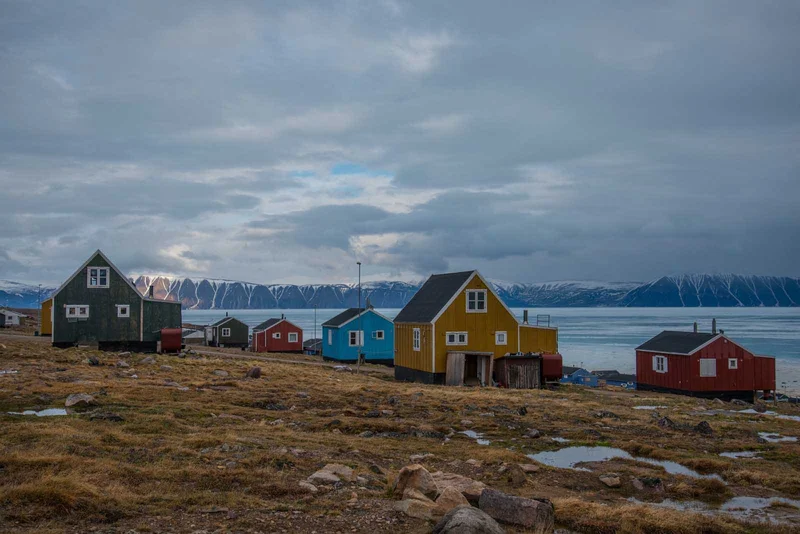

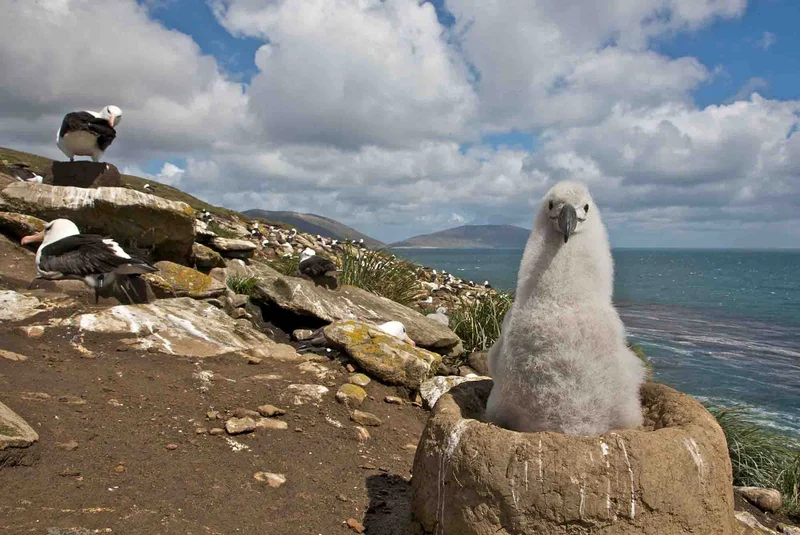
13 Day Artic Itinerary Highlights
- Nuuk, Greenland – Explore one of the world’s smallest capitals, rich in Inuit heritage.
- Ilulissat Icefjord – A UNESCO World Heritage site with massive drifting icebergs.
- Pond Inlet, Canada – A stunning gateway to Sirmilik National Park’s glaciers and wildlife.
- Baffin Bay Sailing – Navigate icy waters, home to bowhead whales and Arctic seabirds.
- Uummannaq – Visit Greenland’s heart-shaped mountain under the midnight sun.
Itinerary Map
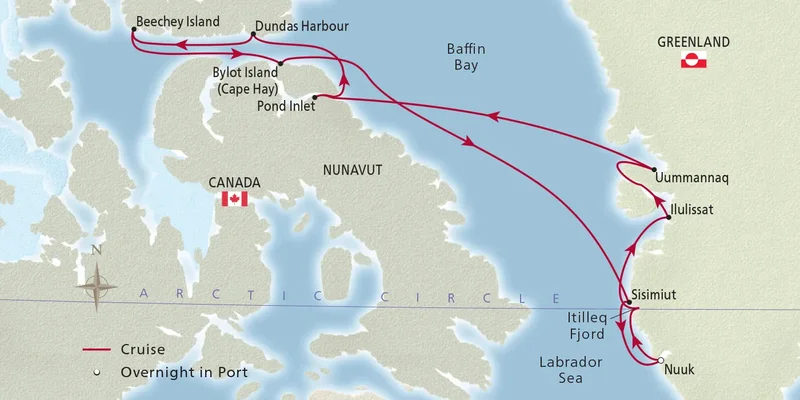
Cruise options for this itinerary
13 Day Arctic cruise activities
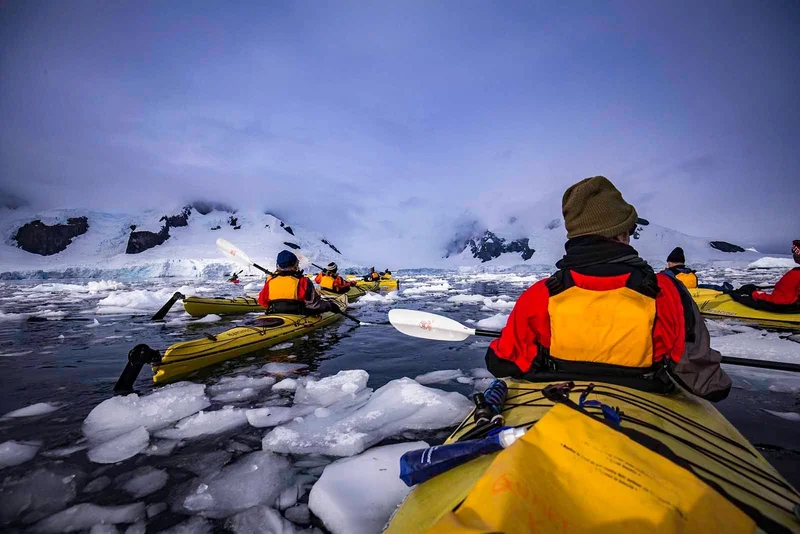
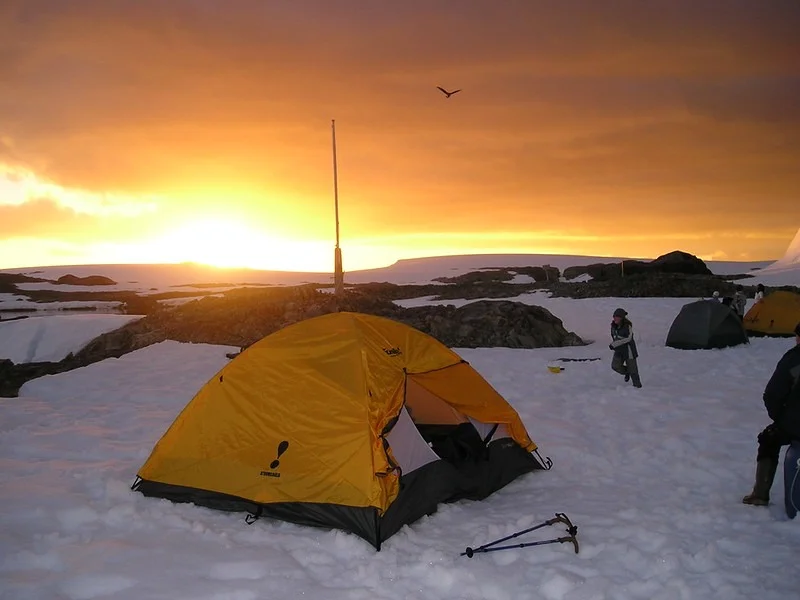
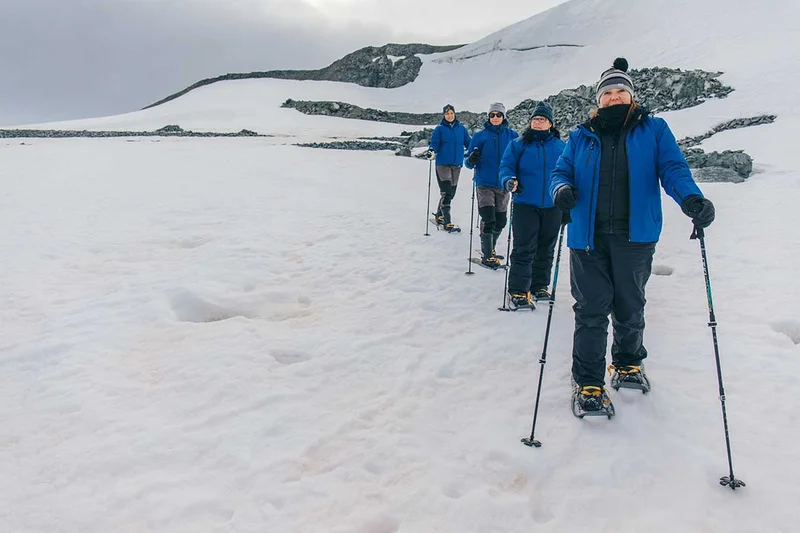
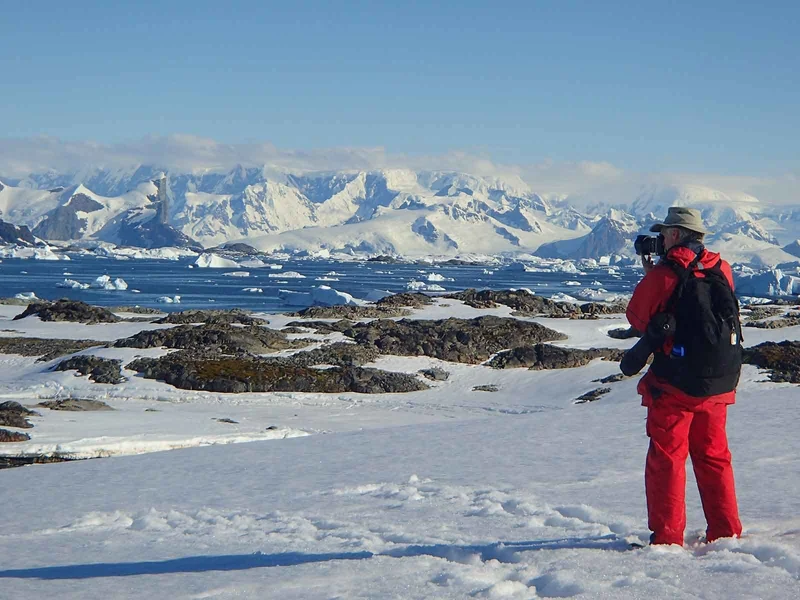
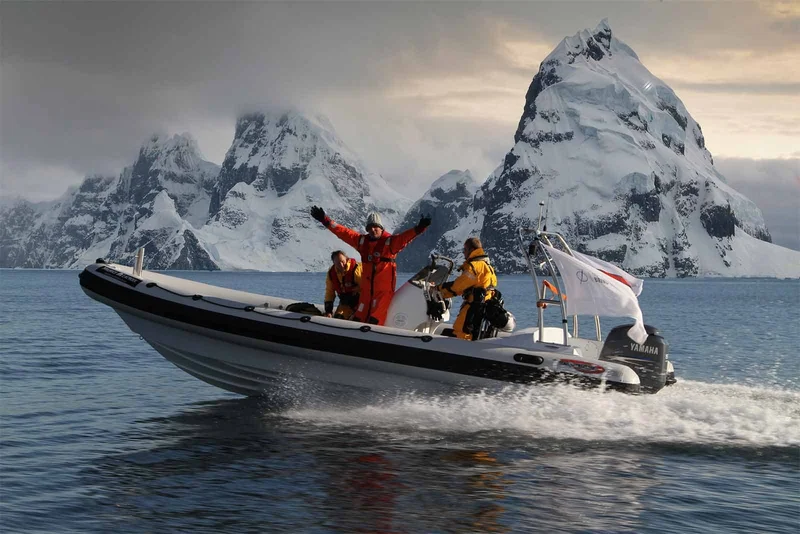

Animals you might see on this itinerary
Why travel with us?
Would you like to know why booking with us is the best choice?
Discover the BenefitsSimilar Itineraries


